The Curved Trend: Everything Your Clients Need to Know
Want to stay ahead of the curve? Read our expert tips for helping your clients embrace the shapely trend in their homes
From softly curved walls and windows to shapely sofas and mirrors, it’s all about curves in design right now. Chances are your clients are asking to incorporate this trend into their projects – here’s the lowdown on where and how best to use curves (and why we love them so), according to the experts.
Why do they make us feel good?
Our preference for curves in design also comes down to the way our brains are wired, suggests Oshin Vartanian, an adjunct associate professor of psychology at the University of Toronto.
“Curves within architecture are aesthetically appealing because they influence our emotions and how we feel. In our research, we have found that people find spaces that have curved features more beautiful than spaces with sharp features, and that this preference is driven primarily by how pleasant they find those spaces to be.
“In psychological research pleasantness is an important dimension for measuring emotion, and our results show that emotion is the key driver of our aesthetic preference for curved architecture,” he says.
Our preference for curves in design also comes down to the way our brains are wired, suggests Oshin Vartanian, an adjunct associate professor of psychology at the University of Toronto.
“Curves within architecture are aesthetically appealing because they influence our emotions and how we feel. In our research, we have found that people find spaces that have curved features more beautiful than spaces with sharp features, and that this preference is driven primarily by how pleasant they find those spaces to be.
“In psychological research pleasantness is an important dimension for measuring emotion, and our results show that emotion is the key driver of our aesthetic preference for curved architecture,” he says.
Is the trend here to stay?
“All things come, go and repeat, and that of course includes design trends,” says Wise. “However, I do feel this is one trend that is going to be around for a while as humanity is driven to find meaningful connection.
“Curves help us feel connected to our environment. As long as curves continue to exist in nature, so too will they continue to be a source of inspiration,” she says.
Connect and network with other designers and building professionals on Houzz
“All things come, go and repeat, and that of course includes design trends,” says Wise. “However, I do feel this is one trend that is going to be around for a while as humanity is driven to find meaningful connection.
“Curves help us feel connected to our environment. As long as curves continue to exist in nature, so too will they continue to be a source of inspiration,” she says.
Connect and network with other designers and building professionals on Houzz
Which types of homes do they suit?
“Curves suit all forms of architectural and interior styles,” says Amanda Monaghan, creative director at Interior Concepts. “In some format curves need to be incorporated into an interior in order to create that emotional connectivity – be it in furniture application or simply with styling touches, such as a rounded vase or a curved mirror.
“We long for that comfort and softness, whether it is conscious or not,” she says.
“Curves suit all forms of architectural and interior styles,” says Amanda Monaghan, creative director at Interior Concepts. “In some format curves need to be incorporated into an interior in order to create that emotional connectivity – be it in furniture application or simply with styling touches, such as a rounded vase or a curved mirror.
“We long for that comfort and softness, whether it is conscious or not,” she says.
Aesthetics and emotions aside, can curves be a practical design tool too?
“Curves can be very practical in design as they draw your attention to a focal point within a space. If used correctly, curves can give the illusion of added depth, creating movement in form,” says Monaghan.
“Curved furniture is also great for small spaces as it continues this sense of movement – round coffee tables, side tables and even area rugs.
“I have incorporated custom-made curved mirrors into a bathroom design to balance the linear presentation of tiles, used curved flooring applications to guide patrons through a space, and introduced curved furniture to create balance with linear joinery,” she says.
“Curves can be very practical in design as they draw your attention to a focal point within a space. If used correctly, curves can give the illusion of added depth, creating movement in form,” says Monaghan.
“Curved furniture is also great for small spaces as it continues this sense of movement – round coffee tables, side tables and even area rugs.
“I have incorporated custom-made curved mirrors into a bathroom design to balance the linear presentation of tiles, used curved flooring applications to guide patrons through a space, and introduced curved furniture to create balance with linear joinery,” she says.
Where can you add structural curves to a home?
“We always love to add in a hallway arch as it provides a statement entry and creates a sense of drama,” says Wise. “Kitchen island benches are beautiful curved, and walls and ceiling treatments are another way to incorporate curves structurally.”
“We always love to add in a hallway arch as it provides a statement entry and creates a sense of drama,” says Wise. “Kitchen island benches are beautiful curved, and walls and ceiling treatments are another way to incorporate curves structurally.”
“Arched doorways and windows are a simple but effective way to link the heritage feature of a Victorian arched hallway or Art Deco facade with a contemporary extension,” says Ellie Spinks, director at Lande Architects.
“A curved shower wall softens a narrow ensuite; wrapping the curve in mosaic tiles creates a dramatic and appealing bathroom space.”
“A curved shower wall softens a narrow ensuite; wrapping the curve in mosaic tiles creates a dramatic and appealing bathroom space.”
What are some ways to introduce structural curves that won’t cost the earth?
“As long as the radius to a curve is not too tight, a curve to a wall or ceiling isn’t hugely expensive if finishing it in plasterboard or timber lining. An arch can be added to a hallway for a minimum expenditure,” says Wise. “A curve to a bathroom mirror is cost-effective and can be a nice reference to other curves in a project.”
“As long as the radius to a curve is not too tight, a curve to a wall or ceiling isn’t hugely expensive if finishing it in plasterboard or timber lining. An arch can be added to a hallway for a minimum expenditure,” says Wise. “A curve to a bathroom mirror is cost-effective and can be a nice reference to other curves in a project.”
What are some other ways you can incorporate curves into a design?
“Continuing the curve with furnishings always creates a great sense of rhythm. It’s very impactful, particularly when used with large pieces such as a sofa,” says Wise. “Rounded mirrors are very popular, especially in the bathroom where they bring softness into a space that is generally full of hard edges.
“A statement lighting piece pulls a room together in a way that no other piece of furniture can, and having rounded parts to the light fitting adds an element of comfort to an interior,” she says.
Browse more stunning interior spaces on Houzz
“Continuing the curve with furnishings always creates a great sense of rhythm. It’s very impactful, particularly when used with large pieces such as a sofa,” says Wise. “Rounded mirrors are very popular, especially in the bathroom where they bring softness into a space that is generally full of hard edges.
“A statement lighting piece pulls a room together in a way that no other piece of furniture can, and having rounded parts to the light fitting adds an element of comfort to an interior,” she says.
Browse more stunning interior spaces on Houzz
Tips for success
Wise says:
Wise says:
- Too much of anything is not good and that includes curves. Curves have more impact if they are balanced with straight lines as it allows the curve to be the hero of the space. If you’re thinking of incorporating, for example, a curved archway it’s best to have one fabulous archway rather than three, as the curve will lose impact.
- Think about where you want to direct the eye on entering a space – this will give you a good indication of where to apply a curve.
- The more time something takes to create, the more it will cost. Curved walls, curvaceous tiling and curved windows are more expensive, however the impact is worth the extra expense.
Spinks says:
- When using a curve in an ensuite, make sure you select a tile that is small enough to cover the curved surface to ensure you get a seamless finish.
- Balance is important: if you are introducing curved furniture in the form of a sofa and occasional chair, balance it out with linear elements such as a rectangular coffee table.
Your turn
Are curves something your clients are asking for? Tell us in the Comments below, like this story, follow these design professionals on Houzz, and join the conversation.
More
Want some great curved looks you can share with clients? Don’t miss this Best of the Week: 30 Kitchens That are Ahead of the Curve
Are curves something your clients are asking for? Tell us in the Comments below, like this story, follow these design professionals on Houzz, and join the conversation.
More
Want some great curved looks you can share with clients? Don’t miss this Best of the Week: 30 Kitchens That are Ahead of the Curve





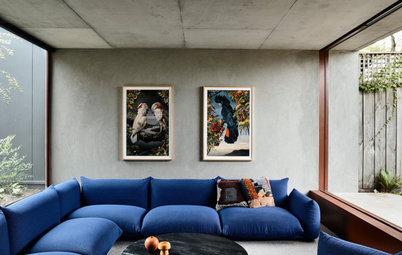
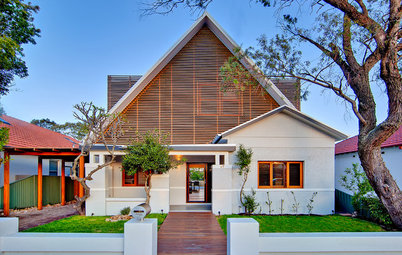
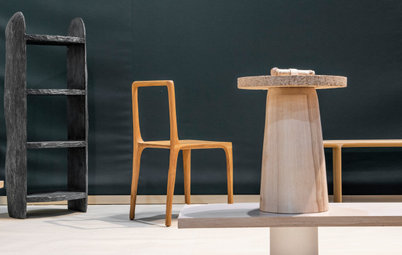
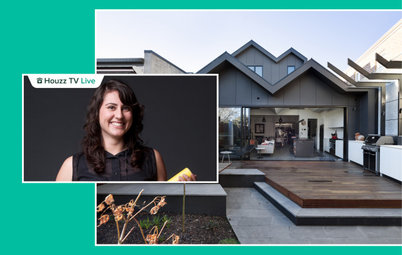
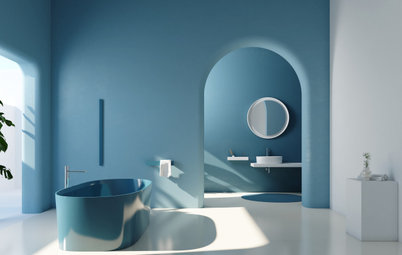
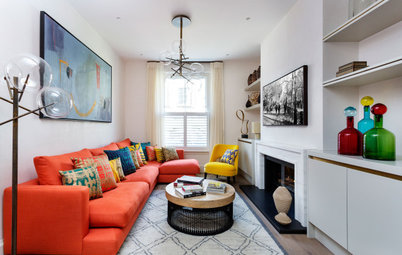
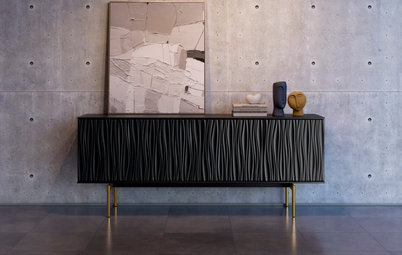

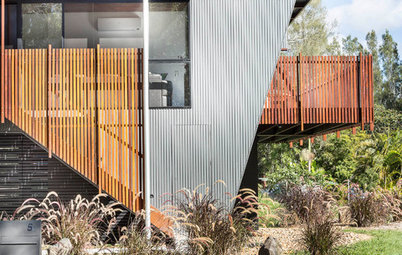

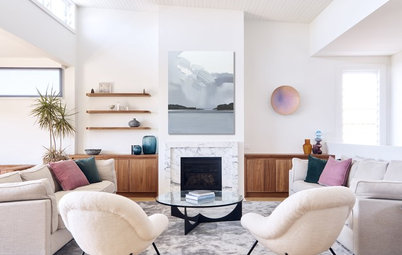
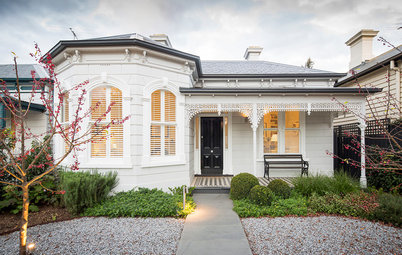
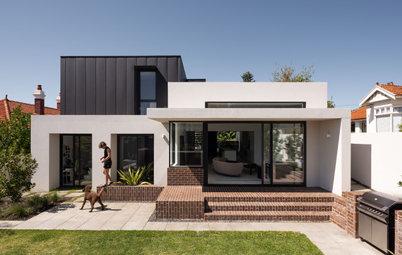
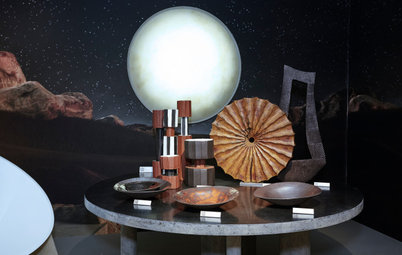
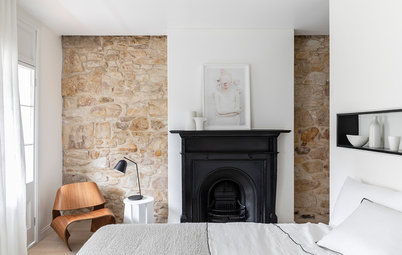
“Curves are popping up everywhere – from hallway arches and island benchtops to furniture,” says Mishell Wise, co-director at Conway + Wise Interior Design Studio. “The trend started in 2019 however it has really come into its own in 2020 with the pandemic containment making us pay more attention to the impact our surroundings have on our wellbeing.
“Curves instantly create softness. They make us feel cocooned, safe and warm, and are seen as graceful and feminine.
“Curves play a big part in the biophilic design trend that seeks to incorporate nature into our built environment. Curves occur repeatedly in nature and are naturally soothing to our eye and heart,” she says.